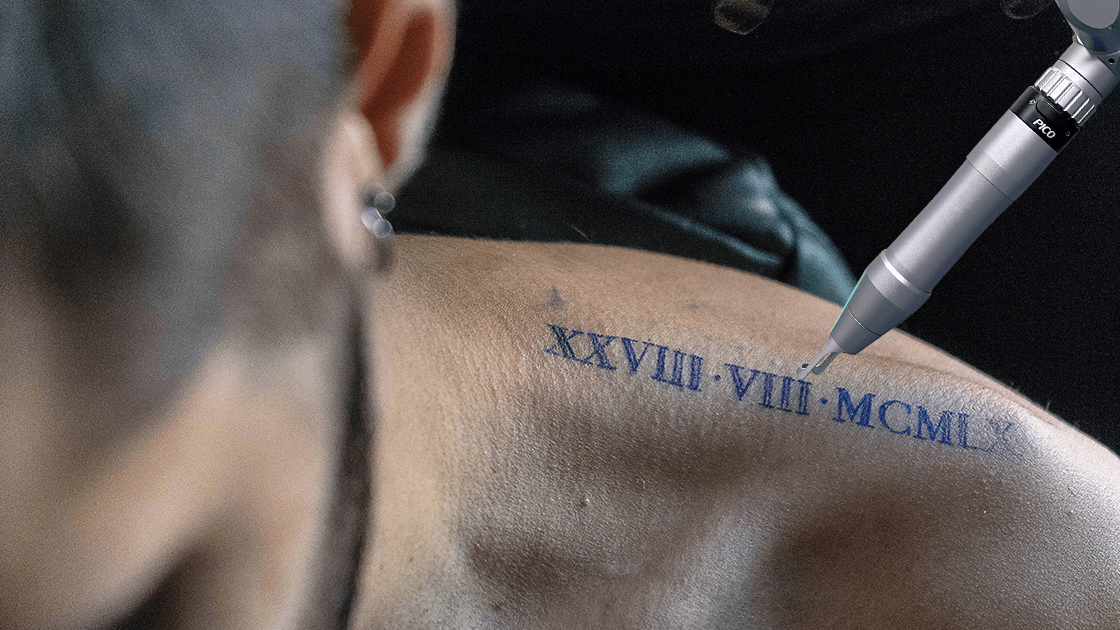A Trend or a Solution?
Over the past decade, laser hair removal has gained immense popularity as a modern alternative to traditional methods like shaving and waxing. Many view it as a long-term solution for unwanted hair, eliminating the need for frequent grooming. While some consider it a luxury, others appreciate its practicality in busy lives. The question remains: is laser hair removal a fleeting trend, or does it provide lasting results? Understanding how it works and its effectiveness is key to answering the question about longevity of laser hair removal.
The Process of Laser Hair Removal
Laser hair removal utilizes concentrated light beams to target and damage hair follicles, preventing future growth. A trained professional employs a laser device that emits specific wavelengths, which are absorbed by the pigment in the hair. This method is particularly effective on dark, coarse hair, as the contrast enhances targeting.
The treatment involves multiple sessions because hair grows in cycles, and not all hair is in the same growth phase simultaneously. Typically, patients need three to eight sessions for optimal results, with each session lasting from a few minutes to an hour. Consulting a licensed practitioner is crucial for safety and effectiveness.
Longevity of Laser Hair Removal
One of the primary attractions of laser hair removal is its potential for long-lasting results. Many individuals report significant hair reduction after completing their treatments, with some achieving permanent hair loss in specific areas. However, “permanent” does not guarantee “forever,” as some may experience regrowth, which tends to be finer and lighter.
Research indicates that laser hair removal can lead to a 70-90% reduction in hair growth after a series of treatments. Maintenance sessions may be necessary for some, especially in hormonal areas like the face or bikini line, to sustain results.
What Affects Your Results?
Several factors influence the effectiveness of laser hair removal. Skin type, hair color, and hormonal changes play significant roles. Ideal candidates typically have light skin and dark hair, as the contrast allows for more effective targeting. However, advancements in technology have enabled treatments for a wider range of skin tones and hair types.
Hormonal fluctuations, such as those during pregnancy or conditions like polycystic ovary syndrome (PCOS), can also affect hair growth and may require additional treatments. Following pre-treatment guidelines, like avoiding sun exposure and certain medications, can further enhance treatment effectiveness.
Conclusion
Is laser hair removal here to stay? The evidence suggests it is more than just a trend. With ongoing technological advancements and increased accessibility, it offers a reliable solution for those looking to simplify their hair removal routines.
While it may not be suitable for everyone, its long-term benefits appeal to those weary of temporary solutions like shaving and waxing. Consulting with a qualified practitioner is essential to determine if this treatment is right for you, ensuring a smooth journey to hair-free skin.
In conclusion, laser hair removal has become a practical choice for many, combining convenience with lasting results. Whether you’re tired of constant upkeep or simply seeking a more efficient routine, this innovative approach to hair removal is worth considering.








